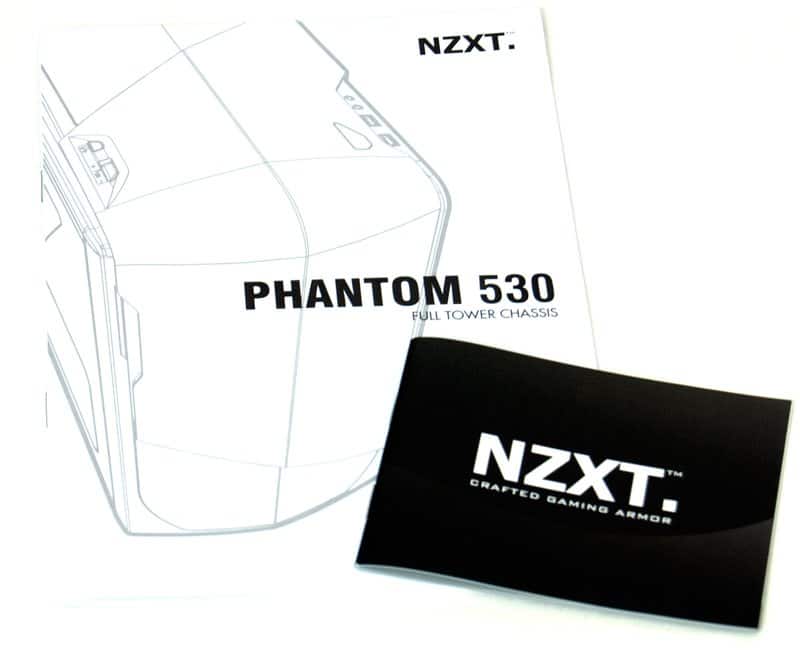NZXT Phantom 530 Chassis Review
Peter Donnell / 11 years ago
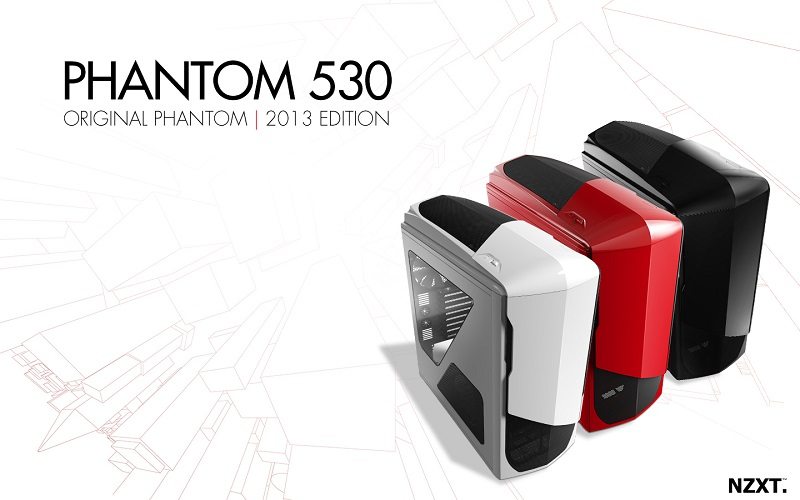
Today I have something very special in the office, the NZXT Phantom has always been a popular choice for system builders, PC gamers and general enthusiasts, but while I mean this is the nicest possible way, it’s getting a bit old these days and it was time for something new. NZXT has heard these calls and beaten the demands of the modern gamers and system builder into the Phantom 530, bringing it up to speed to be compatible with the high end components of a new generation.
With a price tag of £104.99 (ex shipping) the Phantom 530 is obviously targeted at the higher end of the chassis market, for extreme gaming rigs, enthusiast system builders and people who want the finer things in terms of quality for their systems chassis. To put it another way, the Phantom 530 is expensive, not every PC owner has over £100 to spend on a case, so when you get into this kind of budget your going to want nothing, but the best in terms of quality, features and performance, nothing else will do and we’ll be looking for all those aspects today.
I am of course hopeful that this chassis will do well, the original Phantom is still fantastic even today and NZXT have released an absolutely amazing range of cases in recent years that continue to innovate and impress both myself and fans of the NZXT brand, so let’s get straight to it and see just what NZXT have to offer with their latest high-end chassis design.
The packaging features the usual sleek look of other NZXT products and a nice big and clear image of the product, I normally take it as a good sign when a company is confident enough to show of the product properly on the box.
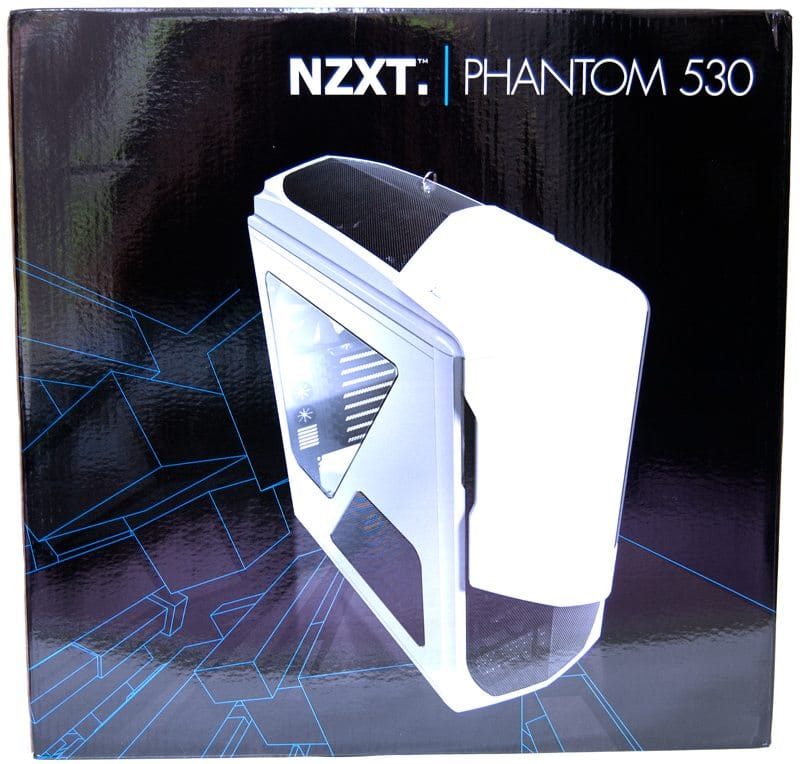
Around the back we have a nice break down of the major features and functions of the chassis as well as some product compatibility information.
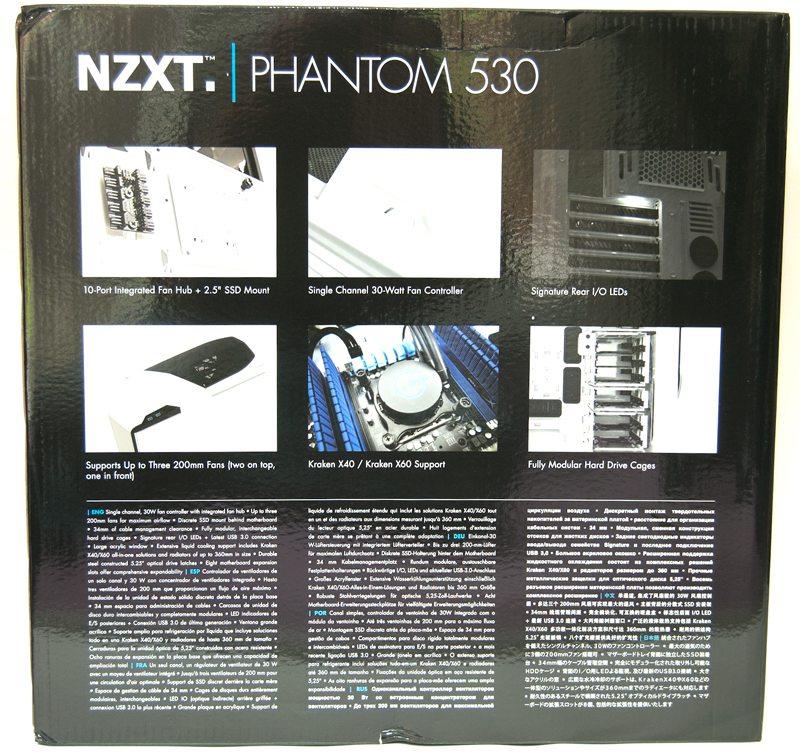
NZXT stick with their tradition of including every screw you could possibly need to fully install everything in the system, all high quality black finish fittings, a standoff install tool and a fist full of cable ties to keep it all in check.
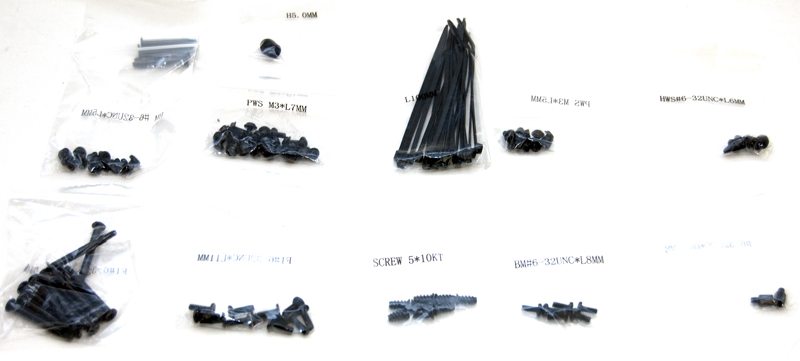
There was also a couple of instruction / owners manuals in the box that provided basic information on how to install your system and maintain the chassis.
